**”Interval Training for the Busy Professional: Efficient Workouts to Fit into a Packed Schedule”**
# Interval Training for the Busy Professional: Efficient Workouts to Fit into a Packed Schedule
In today’s fast-paced world, many busy professionals struggle to find time for regular exercise. Between work commitments, family responsibilities, and social obligations, fitting a workout into a packed schedule can seem impossible. However, interval training offers a solution, allowing you to maximize your workout efficiency and achieve significant health benefits in a shorter amount of time. This article explores how interval training can fit seamlessly into your busy lifestyle, along with useful nutrition tips and exercise advice.
## What is Interval Training?
Interval training is a form of exercise that alternates between periods of high-intensity activity and lower-intensity recovery or rest. This approach not only saves time but also boosts cardiovascular fitness, burns calories, and enhances muscle strength. Even short bursts of intense exercise can yield impressive results, making it an ideal choice for busy professionals.
### Types of Interval Training
There are various forms of interval training, including:
– **High-Intensity Interval Training (HIIT)**: Involves short bursts of maximum effort followed by brief rest periods. HIIT workouts can last anywhere from 10 to 30 minutes and can be done with bodyweight exercises or equipment.
– **Tabata Training**: A specific type of HIIT that lasts just four minutes, consisting of 20 seconds of all-out effort followed by 10 seconds of rest. This format is incredibly efficient for those on a tight schedule.
– **Fartlek Training**: A Swedish term meaning “speed play,” this method combines continuous training with interval training by varying speed and intensity throughout a run or bike ride.
## Exercise Advice
### Start Small and Build Up
For busy professionals new to interval training, it’s essential to start small. Begin with shorter intervals and gradually increase the duration and intensity as your fitness improves. A simple workout could involve 30 seconds of sprinting followed by 1-2 minutes of walking or jogging, repeated for 10-15 minutes.
### Incorporate Variety
To keep workouts engaging and prevent boredom, mix up your routine. Use different exercises, such as cycling, swimming, or bodyweight movements like burpees and jump squats. This not only keeps things fresh but also challenges different muscle groups.
### Utilize Technology
Consider using fitness apps or wearable technology to track your progress and set goals. Many apps offer guided interval workouts, making it easier to stay motivated and accountable even when you’re short on time.
## Nutrition Tips
### Pre-Workout Fuel
Eating a small snack before your workout can boost your energy levels and performance. Opt for easily digestible carbohydrates, such as a banana or a slice of toast with nut butter. Aim to eat about 30-60 minutes before your workout to give your body time to digest.
### Post-Workout Recovery
After an interval workout, your body needs nutrients to recover. Focus on a balanced meal that includes protein and carbohydrates. For example, a smoothie made with Greek yogurt, spinach, and berries or a chicken salad with quinoa are excellent options to help replenish energy and repair muscles.
### Stay Hydrated
Hydration is crucial, especially when engaging in high-intensity workouts. Drink plenty of water before, during, and after your exercise to maintain optimal performance and recovery.
## Health Benefits
### Cardiovascular Health
Interval training is incredibly effective for improving cardiovascular health. The high-intensity bursts help strengthen the heart and improve circulation, reducing the risk of heart disease.
### Weight Management
For busy professionals looking to manage their weight, interval training can be a game-changer. It has been shown to increase calorie burn during and after workouts, promoting fat loss and weight management more efficiently than traditional steady-state workouts.
### Time Efficiency
Perhaps one of the most significant advantages of interval training is its time efficiency. In as little as 20-30 minutes, you can achieve a full-body workout that provides similar, if not superior, benefits to longer, less intense sessions.
### Mental Well-Being
Regular exercise, including interval training, has been shown to reduce stress and anxiety levels. The release of endorphins during physical activity helps improve mood and enhances overall mental well-being, which is essential for busy professionals who face daily pressures.
## Conclusion
In conclusion, interval training is a highly efficient workout solution for busy professionals looking to incorporate regular exercise into their hectic schedules. By utilizing various forms of interval training, adhering to nutritional guidelines, and understanding the numerous health benefits, you can enhance your fitness and overall well-being. With just a little dedication and creativity, you can seamlessly integrate these efficient workouts into your life, proving that a busy schedule doesn’t have to mean sacrificing your health.


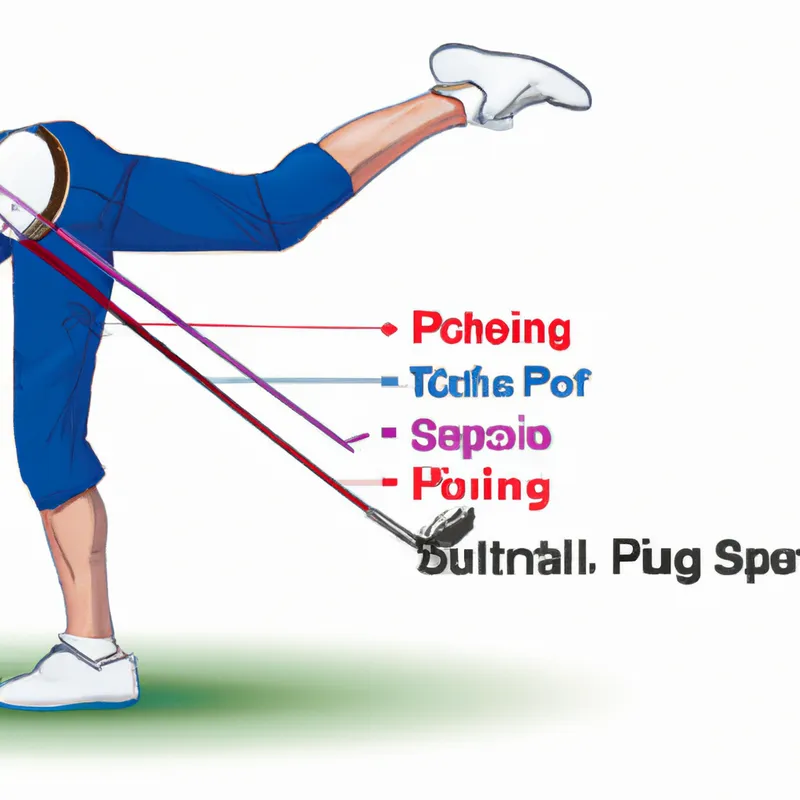

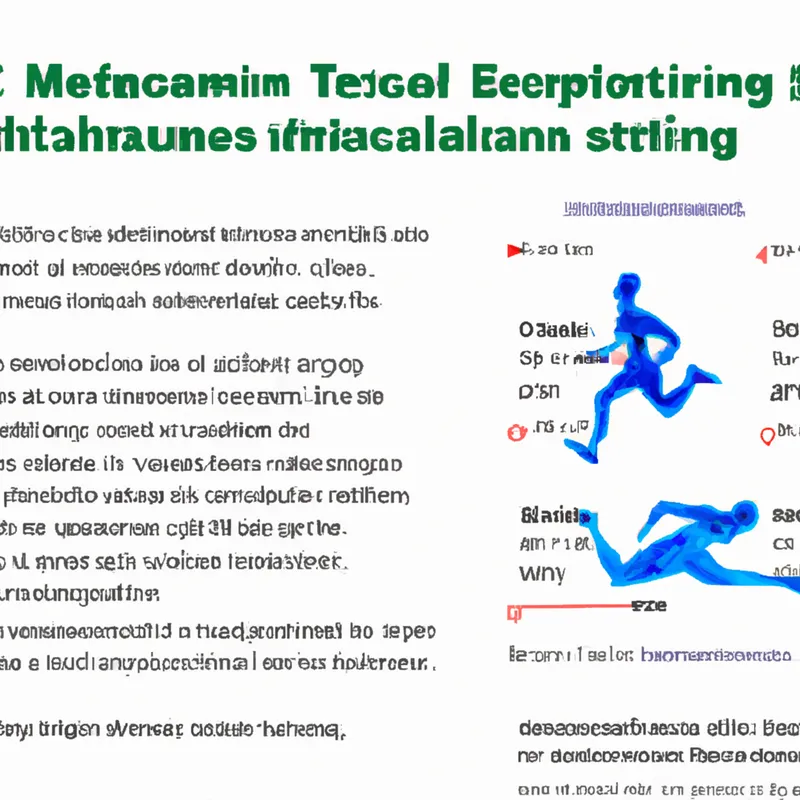
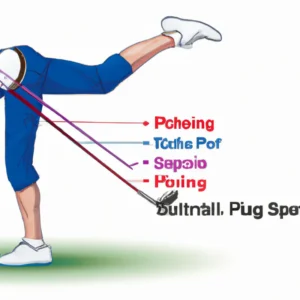
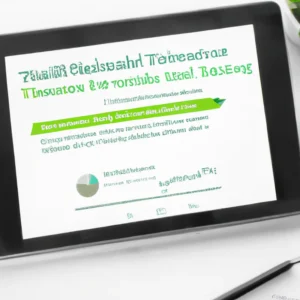
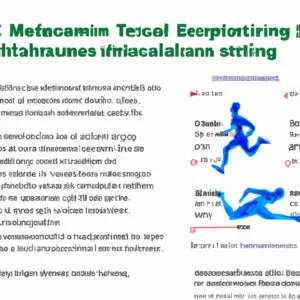







Post Comment